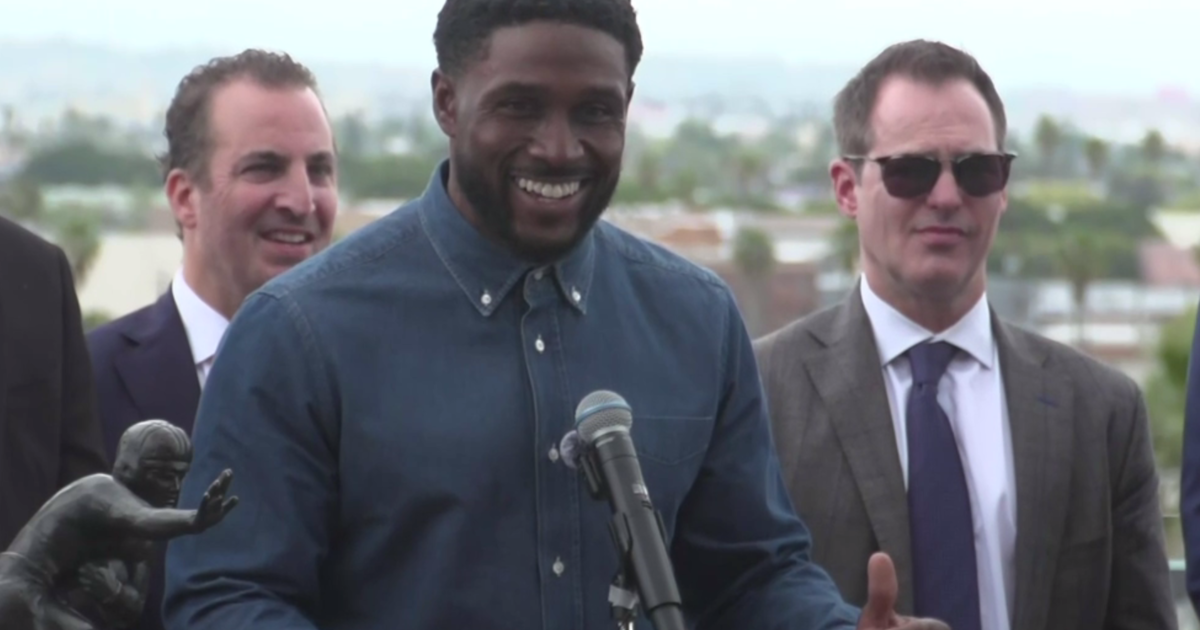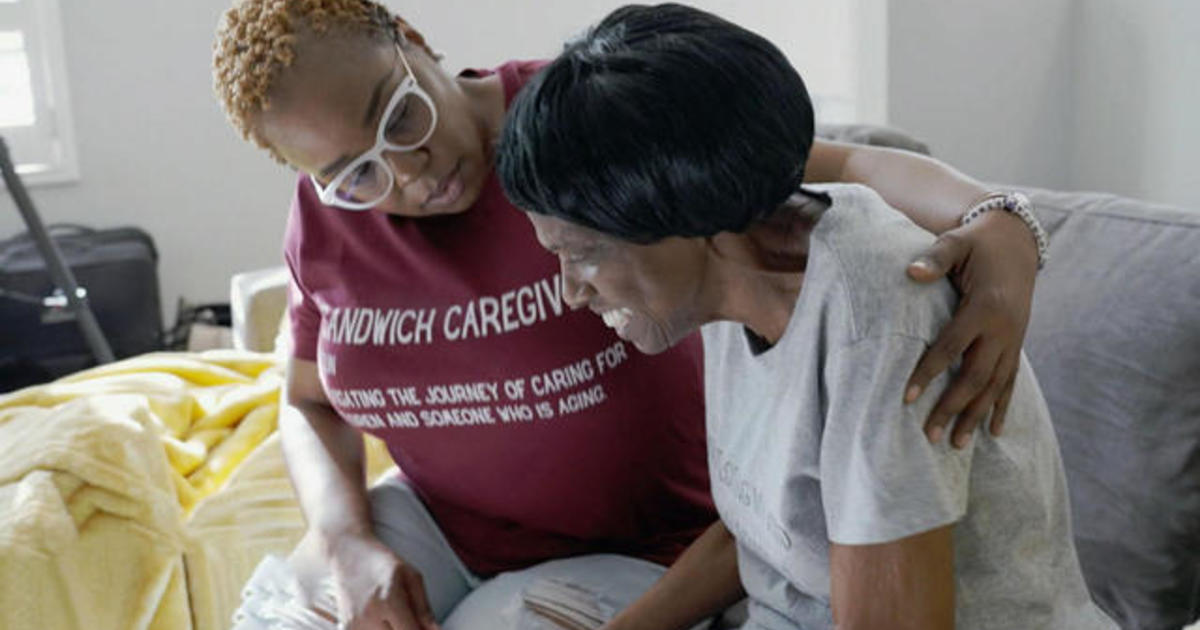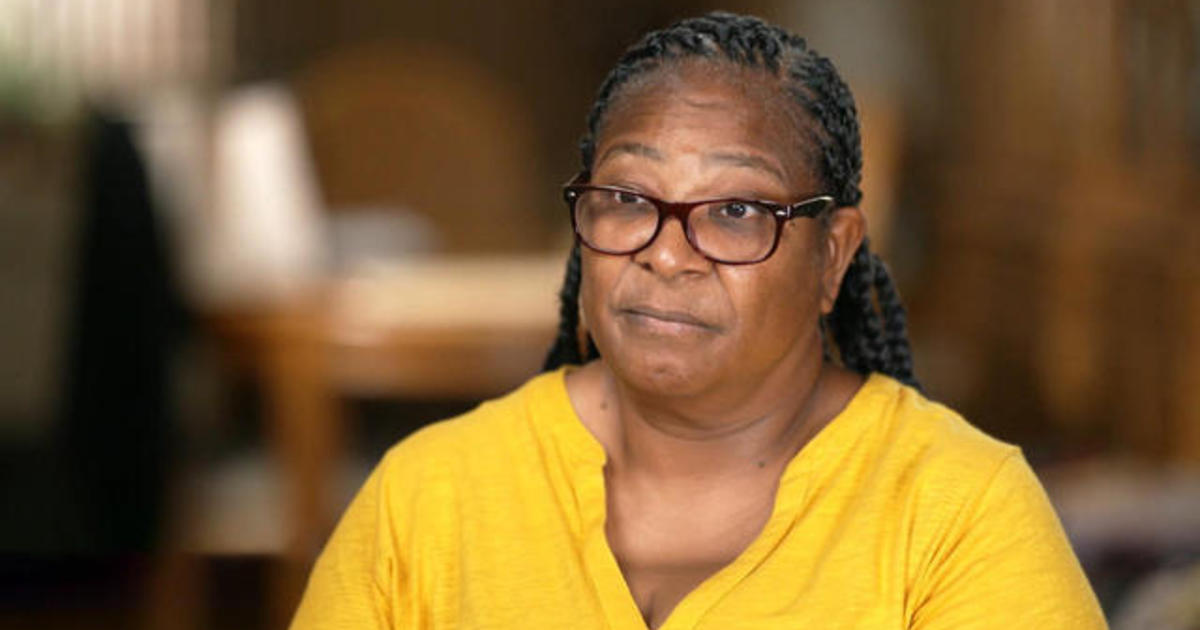The Baltimore task force trying to solve the crisis of unsolved murder
In a nondescript Baltimore warehouse, dozens of investigators are working to fix a problem that has vexed police across the country: unsolved murders.
The city saw 338 homicides in 2021, and less than half, 47%, were solved. That figure is slightly lower than the national murder clearance rate — the share of cases each year that are solved, meaning police make an arrest or close the case due to other reasons.
In Baltimore and across the United States, only about half of murder cases are cleared — far less than a half-century ago, when roughly 90% led to arrests.
But U.S. Attorney Erik Barron hopes the law enforcement officials who work in the warehouse, known as the Organized Crime Drug Enforcement Task Force, are the key to reversing the trend. It's a collective effort by more than 18 agencies investigating Baltimore's most brazen drug syndicates, alongside a special intelligence unit that identifies connections among the city's hundreds of uncleared murder cases.
"The law enforcement community is so balkanized. You've got local, state, federal. Here is where we can put all or most of them together in one place, sharing information, working together," Barron said.
The intelligence unit hopes to follow an "Al Capone strategy," targeting murder suspects for other crimes being pursued by the interagency partnership.
Former acting U.S. Attorney Jonathan Lenzner started the unit, and in 2021 his office indicted 15 members of a Baltimore gang on charges related to racketeering and drug conspiracy. Prosecutors linked them to 18 murders and 27 attempted murders.
"We have a map which shows where each of these shootings has occurred. And at times, unfortunately, and somewhat tragically, that map can look like the constellations on a clear, starry night," Lenzner said.
CBS News | Crime Without Punishment
- A "coin flip": Nearly half of U.S. murders go unsolved as cases rise
- Philly police say "crushing volume" of killings outruns their ability to close cases
- Unsolved murders and the mothers of Jackson, Mississippi
- Behind the story: How CBS News analyzed homicide solve rates across the country
Watch the CBS Reports documentary "Crime Without Punishment" at 8 p.m. ET Saturday, July 2, and Sunday, July 3, on the CBS News app, or stream on YouTube and Paramount+.
Intelligence analyst William Nickoles is the head dot connector, presiding over a map that shows at least 338 homicides across the city in the last year alone. Nickoles worked the streets for more than 20 years as a Baltimore police officer.
"The first thing I'm looking for is really to see whether or not our victim has anything to do with any of our cases. Because, you know, if that's the case, then it seems the logical thought would be, it has something to do with (an) ongoing investigation," Nickoles said.
Lenzner said the goal is to make sure investigators are communicating.
"If they're not sharing intelligence on a daily basis, with a structured sharing agreement, what you might find is intelligence and information that can help advance cases, help solve homicides, getting siloed within one agency," Lenzner said.
Baltimore Police Commissioner Michael Harrison called the task force a "critical tool in the violent crime fight."
"This strike force is demonstrating its ability to investigate and dismantle these violent crimes and drug trafficking organizations in a way that local law enforcement can't do alone," Harrison said in statement to CBS News.
But Barron said it will take more than cooperation among different law enforcement agencies to solve the unsolved murder problem. He said police need buy-in from the people they serve.
"The biggest part of the solution: cooperation not just among law enforcement but the community, as well," Barron said.




